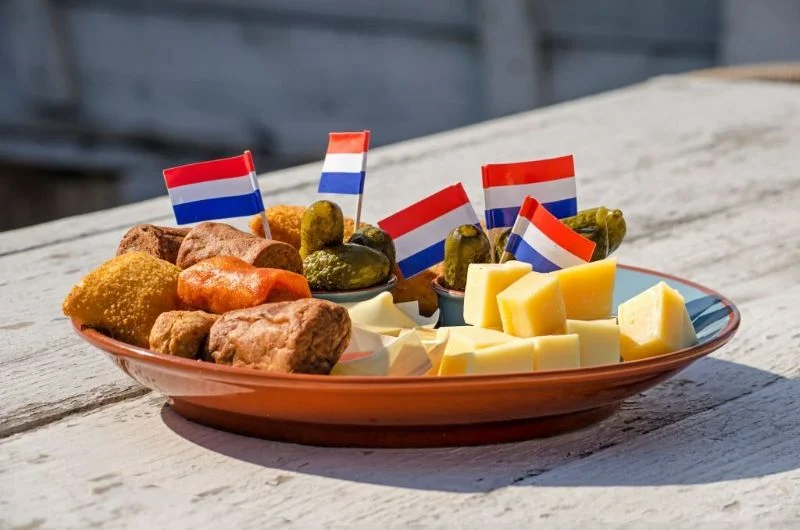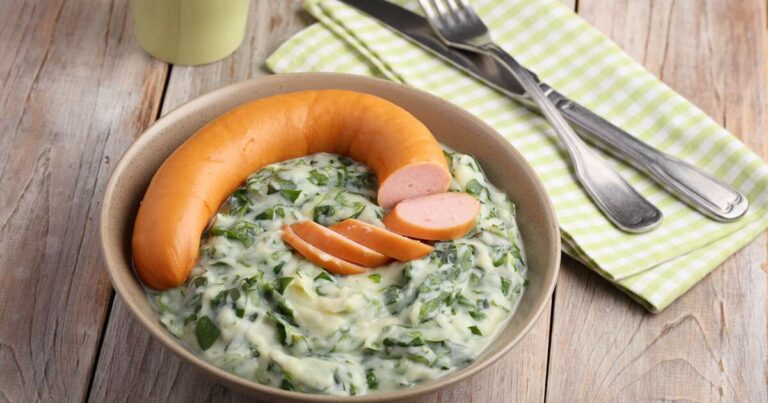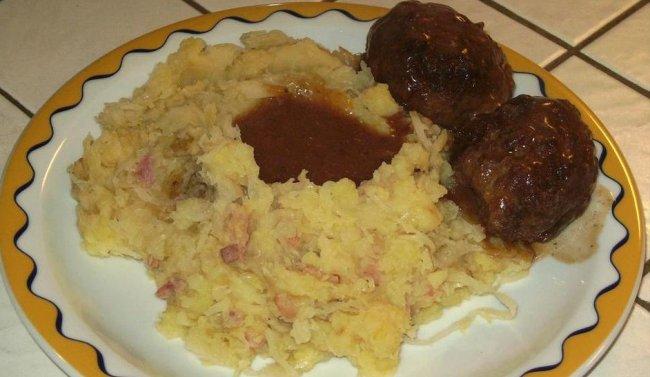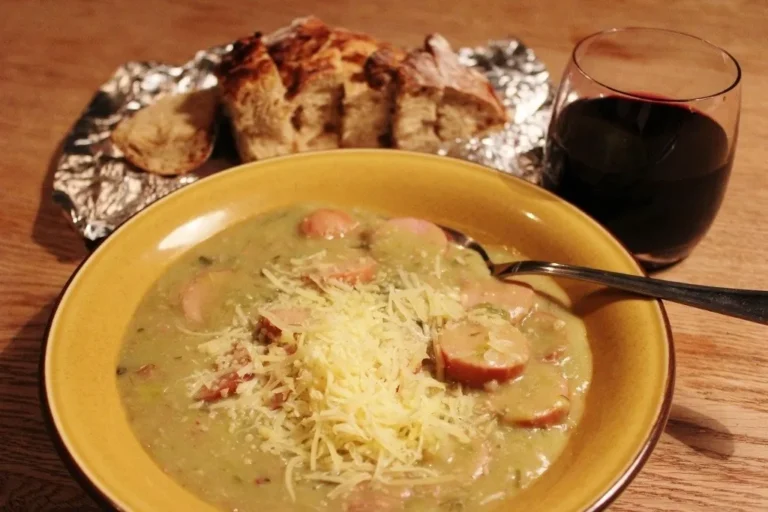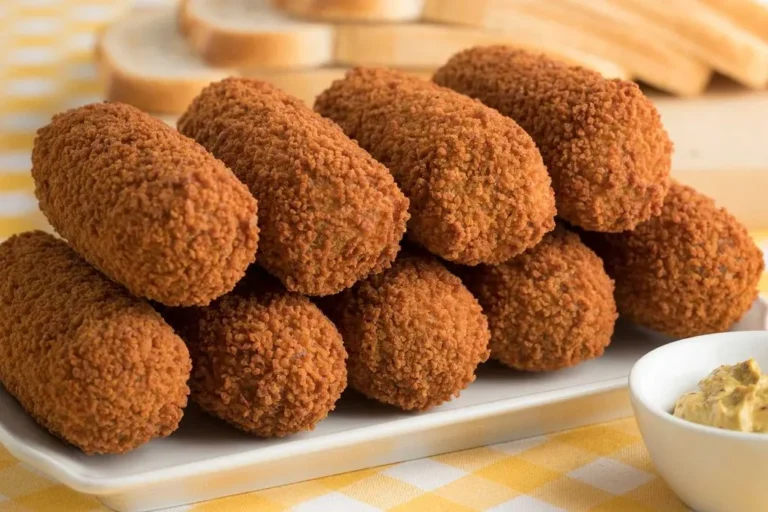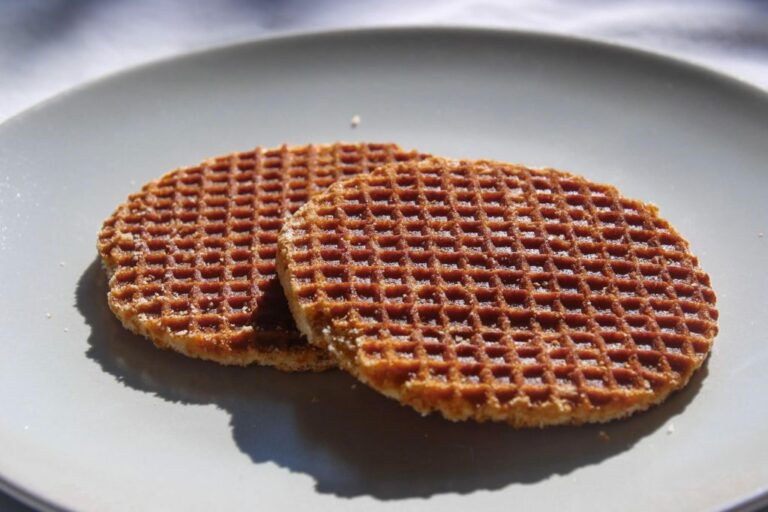In the Netherlands, chocolate sprinkles (hagelslag) or flakes (vlokken), raisin rolls, syrup waffles (stroopwafels), pancakes (pannekoek) and honey cake (ontbjitkoek) are a really enjoyable start in the early morning. To balance this intense sweetness, the Dutch also like to eat a piece of bread or rusks (beschuit) with cheese (kaas), sausage, ham and salty peanut butter (pindakaas) for a hearty breakfast. And with this meal, fresh fruit, yoghurt and cornflakes ensure your health. The whole thing is rounded off with freshly squeezed orange juice and coffee, tea or warm drinking chocolate. And even twice a day.
Yes, you heard that right! The Ontbijt (breakfast) takes place twice a day here in Holland and often replaces lunch.
If you want a true Dutch breakfast experience, we explain how and also when you should eat this tasty, healthy meal.
Two breakfasts, please!
When they wake up early in the morning, the Dutch have their first breakfast with some bread, honey, jam and thinly sliced cheese to get the circulation going. A few hours later, around 12.30 p.m., it is time for the coffee table in the Netherlands, a kind of second breakfast that very often replaces the actual lunch. A breakfast snack is put together from sweet and savory dishes: from bread, cheese and sausage to warm egg dishes and honey cake.
How do you prepare a Dutch breakfast?
Would you like to be in Amsterdam, but you are not and would you like to at least experience the flair of the Dutch city? Then start early in the morning by preparing a charming, colorful and delicious Dutch breakfast for you and your loved ones, or rather, a really typical Ontbijt, as the Dutch call it. With the rich variety of sweet and savory ingredients, you can already feel the anticipation on your palate!
Now let’s take a look at the ingredients you need to prepare a typically delicious Dutch breakfast.
Ingredients (2 servings)
Popular types of bread (white bread, black bread or wholemeal bread) and rusks
Some chocolate sprinkles and/or chocolate flakes (eaten sprinkled on buttered bread)
butter, honey and jam
2 raisin rolls
2 stroopwafels – available at most health food stores – and/or 2 pancakes
2 pieces of honey cake – we’ll give you the recipe for it in a moment
Sausage and cheese platter (we recommend typical Dutch Gouda cheese)
Salty Peanut Butter
2 boiled eggs
Fresh fruit (e.g. strawberries, melon, pineapple, apple, etc.) and vegetables (e.g. cherry tomatoes)
yogurt and cornflakes
8 oranges (for the juice)
Coffee, Ceylon tea or Choco Classic chocolate
some milk (for the latte)
Recipe Dutch honey cake:
Ontbjitkoek is the name of the typical Dutch honey cake, which can literally be translated to “breakfast cake”. A cake that is eaten specifically for the morning meal. It should not be missing from your Dutch breakfast. So, let’s see how to make the honey cake.
Ingredients:
Flour: 350 gr
Honey: 150 gr
Baking Powder: ½ packet
Eggs: 3
Brown sugar: 100 gr
Cream: 100 gr
Cinnamon: ½ tsp
Ground cloves: ¼ tsp
Ground almonds: 150 gr
Mace: 1 pinch

Preparation:
In a small saucepan, heat the honey, sugar, and cream, stirring constantly, then allow the mixture to cool. In a clean bowl, mix all the spices (cinnamon, cloves, mace) with the almonds and baking powder. Now whisk the honey mixture with the eggs and gradually stir in the sifted flour. Pour the batter into the pre-greased baking pan (loaf pan, length: 24 cm) and bake in a preheated oven at 175 °C for 50 minutes. Once the cake is ready, let it cool before cutting it on the breakfast table!



